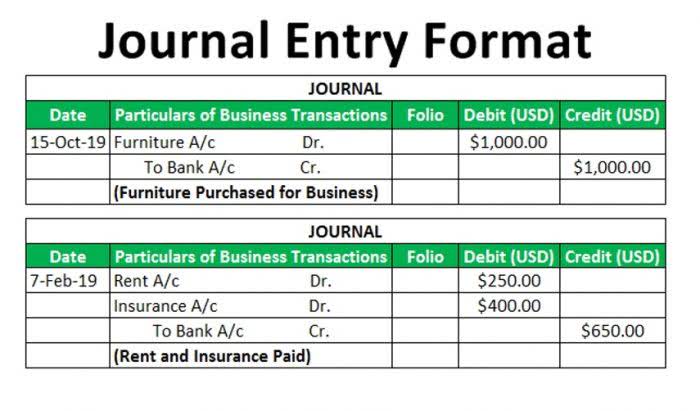
Fair value hedges are used to mitigate the risk of changes in the fair value of an asset or liability. This type of hedge is often used to protect against interest rate fluctuations or changes in commodity prices. One notable case study involves a large utility company that uses interest rate swaps to hedge against the variability of interest payments on its Grocery Store Accounting debt. By designating these swaps as cash flow hedges, the company is able to defer the gains and losses in other comprehensive income until the hedged transaction affects earnings. This approach provides more accurate financial reporting and enhances investor confidence.
Why does the energy market fluctuate?

The highway system is the equivalent of high voltage power lines while local streets are analogous to the retail distribution system. The retail distribution system is made up of the poles you see on your street while the grid is made up of big electricity pylons holding high voltage lines. ISOs and the general market are mainly concerned with the grid while retailers or Load Serving Entities (LSE) get the power from substations to your home. In this analogy, the driver would be the generator, the highway system would be the grid, and whoever the driver is going to see would be the load. Thomas J Catalano is a CFP and Registered Investment Adviser with the state of South Carolina, where he launched his own financial advisory firm in 2018.
Save Money and Time
States are currently using two general methods to track and accounting reduce greenhouse gas (GHG) emissions. The ISO is working to support states that adopt both pricing and non-pricing programs without affecting reliability or costs for utilities in states that don’t have similar emission reduction policies. For conventional non-renewable energy generation, fuel costs can vary based on the wholesale prices of gas, oil, and coal. In contrast, most renewable energy projects, once set up, have negligible ongoing fuel expenses. Additionally, significant political events in 2016, like the Brexit referendum, had a marked impact on the market.

When should you renew your electricity contract?

APX provides an easy-to-use interface that allows analysts to validate their ISO statements and Market Exposure. accounting for distribution companies The also provides charge code allocations driven by our Calculation Engine and Shadow Accounting utilizing independent data sources. To ensure you’re getting the best value for your business energy needs, it’s crucial to regularly review and compare available options.
Setting Prices

Adhering to established accounting standards, such as IFRS 9 or ASC 815, ensures that these practices are both reliable and comparable across the industry. Regulatory bodies, such as the Financial Accounting Standards Board (FASB) and the International Accounting Standards Board (IASB), continuously update these standards to address emerging challenges and complexities. Both hot and cold weather puts greater demands on the National Grid because of increases in energy usage. These pricing increases come from wholesalers and the global importers and exporters of energy.
Trust through transparency
- By not securing your upcoming contract renewals promptly, you expose your business to the risk of escalating prices.
- Failures often result from inadequate documentation, ineffective hedging relationships, and poor risk management practices.
- The 2008 financial crisis also saw considerable energy market peaks, with energy rates nearly doubling and the Big Six suppliers implementing sharp price hikes.
- With proper planning, implementation, and management, organizations can overcome these challenges and realize the benefits of energy accounting.
- She holds a Bachelor of Science in Finance degree from Bridgewater State University and helps develop content strategies.
Data accuracy is affected by various factors, such as meter and entry errors and inaccuracies in energy consumption data. This includes monitoring energy consumption, pinpointing areas of inefficiency, and implementing strategies to reduce energy usage and costs. Our suite of reports includes finely-tuned performance views from multiple data sources to help optimize your resource management. We can easily configure additional client-specific charge code allocations and craft custom reports to provide you the exact view you require of your resource performance.




